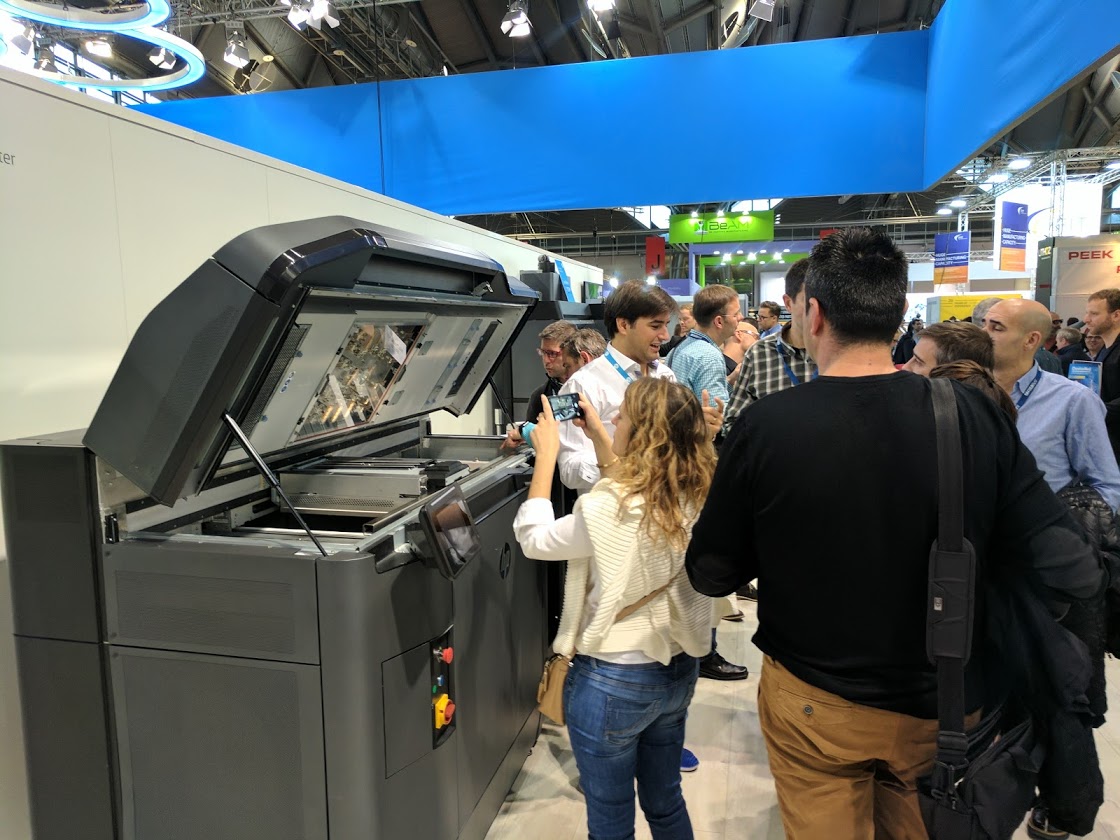This is a guest post in our series looking at the future of 3D Printing. To celebrate 5 years of reporting on the 3D printing industry, we’ve invited industry leaders and 3D printing experts to give us their perspective on the next 5 years of 3D printing.
Gordon Styles is the founder and President of Star Rapid, formerly known as Star Prototype. Based in China, Star Rapid is a manufacturing company that specializes in rapid prototyping, rapid tooling and low-volume production of custom parts.
3D Printing – The Next Five Years By Gordon Styles
I’ve been involved in manufacturing and product development for more than 30 years, and have been using 3D SLA printers since they first came on the scene back in 1993. Since that time there have been incremental developments for both plastic and metal 3D printing but nothing that I would call truly revolutionary. But, that’s about to change in the next three to five years with the convergence of several new technologies and industry trends.

Metal 3D Printing Will Go Mainstream
At Star Rapid we began using a Renishaw AM-250 printer two years ago, and we were one of the first service bureaus in all of China to offer this service for commercial work. During that time, we learned a lot about specific applications for this technology and also about its limited adoption in the marketplace.
The two main hurdles in the past were the relatively slow build times to make a finished part compared to CNC machining, and the learning curve involved in designing for 3D metal printing – which is very different than CAD designing for traditional subtractive manufacturing.

In the first case, now that the technology is becoming more mature, printing speeds are increasing along with bed sizes, so larger parts can be made more reliably and cost effectively. This has come about as a result of improvements in powder metrology, laser power, and thermal control of the build chamber, among other factors.
In the second case, a new generation of designers are becoming more aware of the unique requirements for this technology, especially in the areas of wall thicknesses, support generation and part orientation. In the near future, this kind of design knowledge and experience will become second nature, as CNC machining is now.

Hybrid Additive/Subtractive Machines Will Find a Niche
One of the main reasons for our purchase of the Renishaw AM-250 is that we saw a pressing need in the industry to combine the advantages of additive manufacturing with those of more traditional subtractive CNC machining within a single production line. Combining the two creates the best of both worlds for the most advanced applications in aerospace, medical, oil and gas, automotive, conformally cooled injection molds, and other demanding fields.
This will continue to be true in the future, and one way to streamline this marriage is by combining both in a single machine such as with the DMG Mori Lasertec 65-3D. Hybrid machines like this will shorten production lead times for complex parts, reduce costs, and they’ll find a place on the factory floor for low-volume production. And no doubt, the more that engineers and machinists utilize such machines on a daily basis, the more they’ll begin to implement improvements based on experience that will make these machines even more efficient and reliable in the future.

3D Plastic Printing Will Attain Commercial Speeds
The single biggest change that most people will experience in the next five years is that 3D plastic printing will attain near production-quality speed and volumes. Until now, plastic printing has been lagging behind metal printing in terms of developments, using 20-year old technologies that have kept it suitable only for DIY hobbyists or low-volume prototype production.
We’ve been waiting anxiously for the arrival of the HP Jet Fusion 3D 4200/3200, which will be a real game changer. Although still undergoing some field testing, this machine is going to dramatically decrease printing times, while offering ultra-high resolution print quality in multiple materials. With the HP Jet Fusion – and the other machines like it that are sure to follow – commercial applications for low-volume 3D plastic printing will be an attractive option for bringing products to market quickly with shorter lead times and virtually no tooling costs. Such machines also make it easy to do design modifications on the fly with no expensive machining involved. Star Rapid intends to have one of these printers on our shop floor as soon as its available.

It’s important to remember the main reason why so many people continue to work on perfecting different versions of 3D printing technology – it’s because 3D printing makes possible components and finished parts which are impossible to make any other way, with features and performance we could only dream of in the past. This is the reason now is such an exciting time to be involved in the industry and I for one can’t wait to see what the future brings.
This is a guest post in our series looking at the future of 3D Printing, if you’d like to participate in this series then contact us for more information. For more insights into the 3D printing industry, sign up to our newsletter and follow our active social media channels.
Don’t forget that you can vote now in the 1st annual 3D Printing Industry Awards.
For more information about Star Rapid, visit their website.
Featured image shows Gordon Styles. All photos, unless otherwise stated, via Star Rapid.


